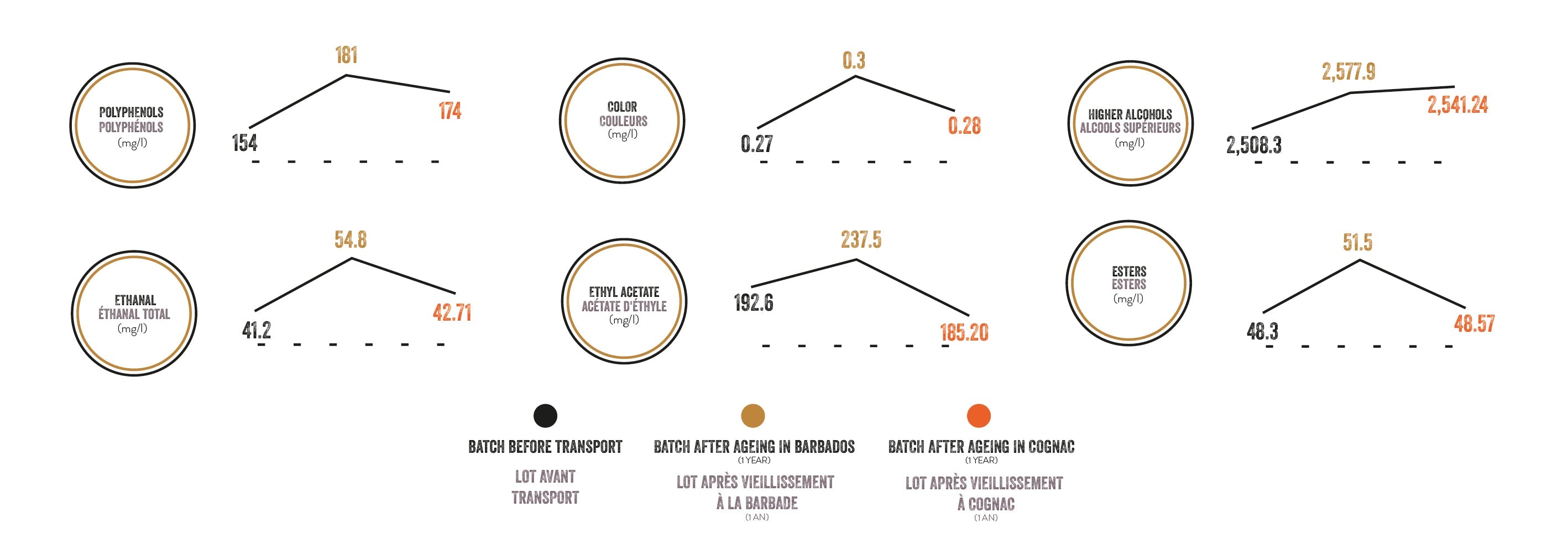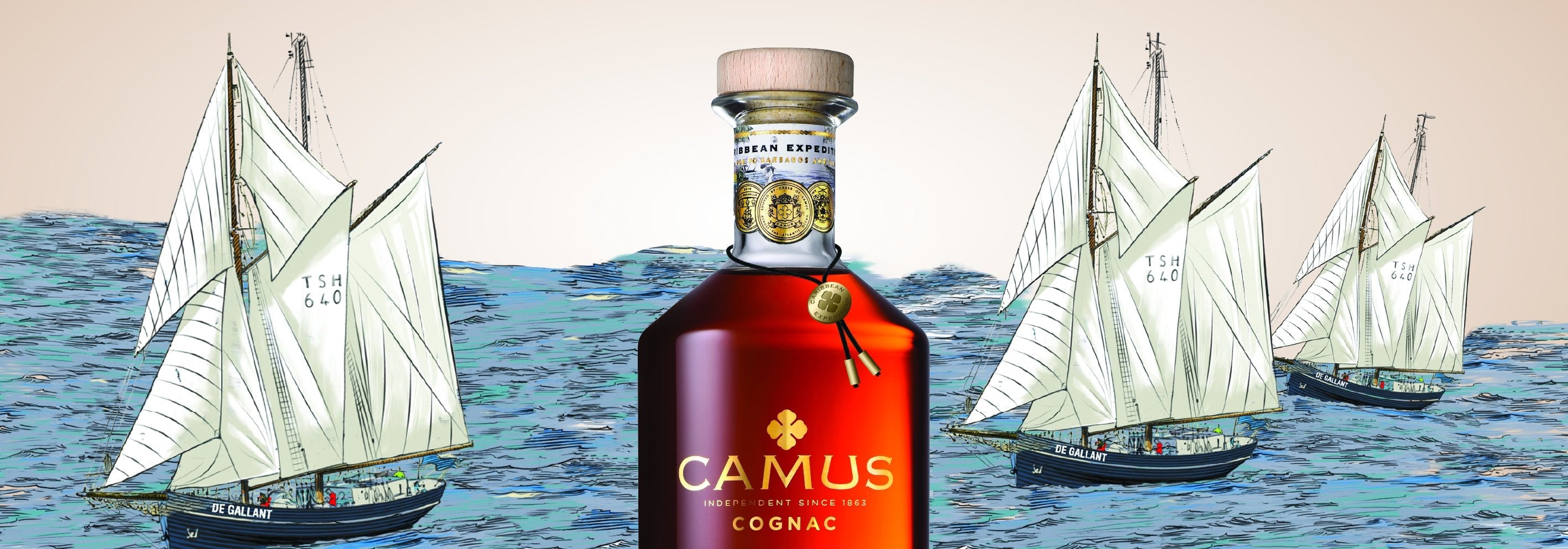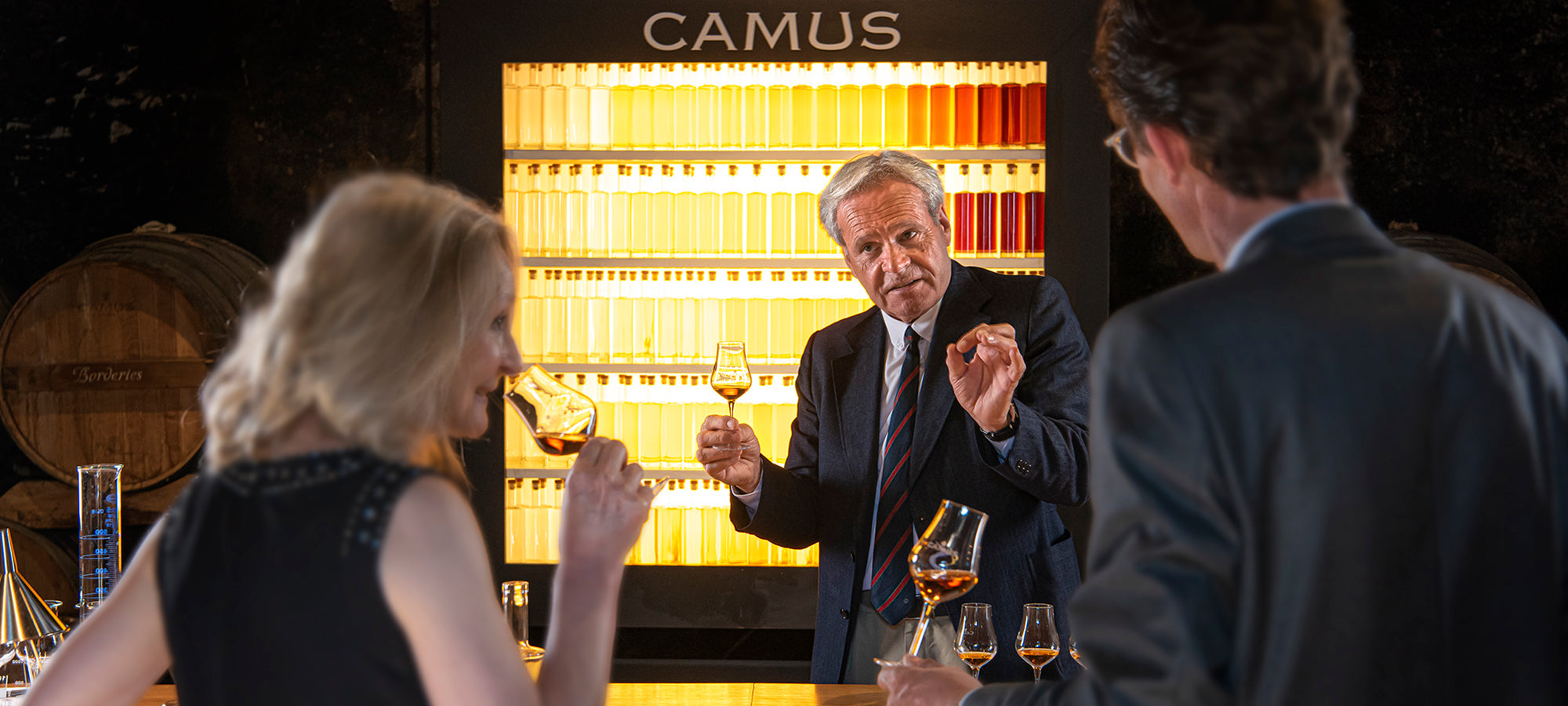
Why Caribbean Expedition is a primacy in Cognac category (Ep. 2/2)
The secrets behind Tropical Maturation
After an adventurous journey of 45 days (read the previous post), Caribbean Expedition barrels landed in Bridgetown to be entrusted to Mr. Richard Seale, Master Distiller of the historic Rum House Foursquare, for a further year of maturation in tropical climate conditions. The casks were kept in traditional Bajan cellars, stacked one on top of the other vertically. To objectively measure the changes that occurred to the liquid in this period and compare them to a normal maturation in a continental climate, we kept a cask of the same cognac at our distillery for the same period and subsequently compared the two liquids through a chromatograph.
High Esters & Polyphenols
Results of the analysis show a significant contribution of the wood tannins, which give greater structure and complexity compared to an equal maturation in continental climate. The aromatic components represented by esters have also undergone a much greater increase compared to the liquid matured in Europe, with fruity and spicy notes having a higher impact on the palate.
This experiment clearly shows a more significant aromatic evolution of the liquid left for one year in Barbados due to the higher temperature and humidity of tropical climate responsible for accelerating normal esterification processes. The array of flavors obtained through this process represents an exclusive primacy in the history of Cognac.




